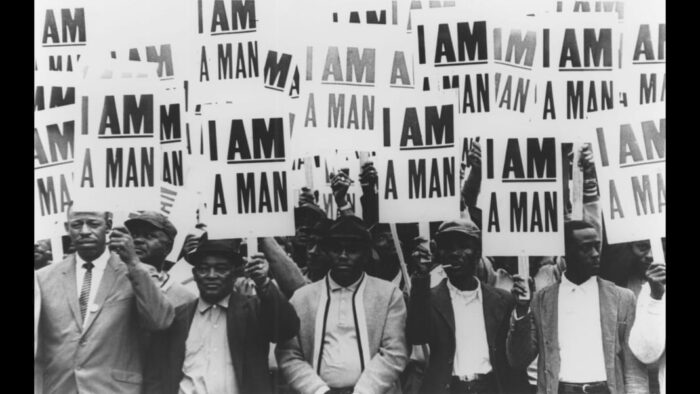Mike Christen The Daily Herald
COLUMBIA, Tenn. – A historical marker recognizing one of the most pivotal moments in Columbia’s history was installed in 2016 on a broken sidewalk in front of an abandoned building, covered in dust, almost forgotten.
Before then, a visual reminder of the incident, dubbed by many as the Columbia race riot of 1946, could only be found in history books propped on library shelves.
On Feb. 25, 1946, a dispute over a broken radio involving James Stephenson, 19, a U.S. Navy veteran, his mother Gladys and a white store clerk — led to a seminal court case some consider “the first step” in the U.S. civil rights movement.
This article appears in its entirety The US Today website. It can be read here.
